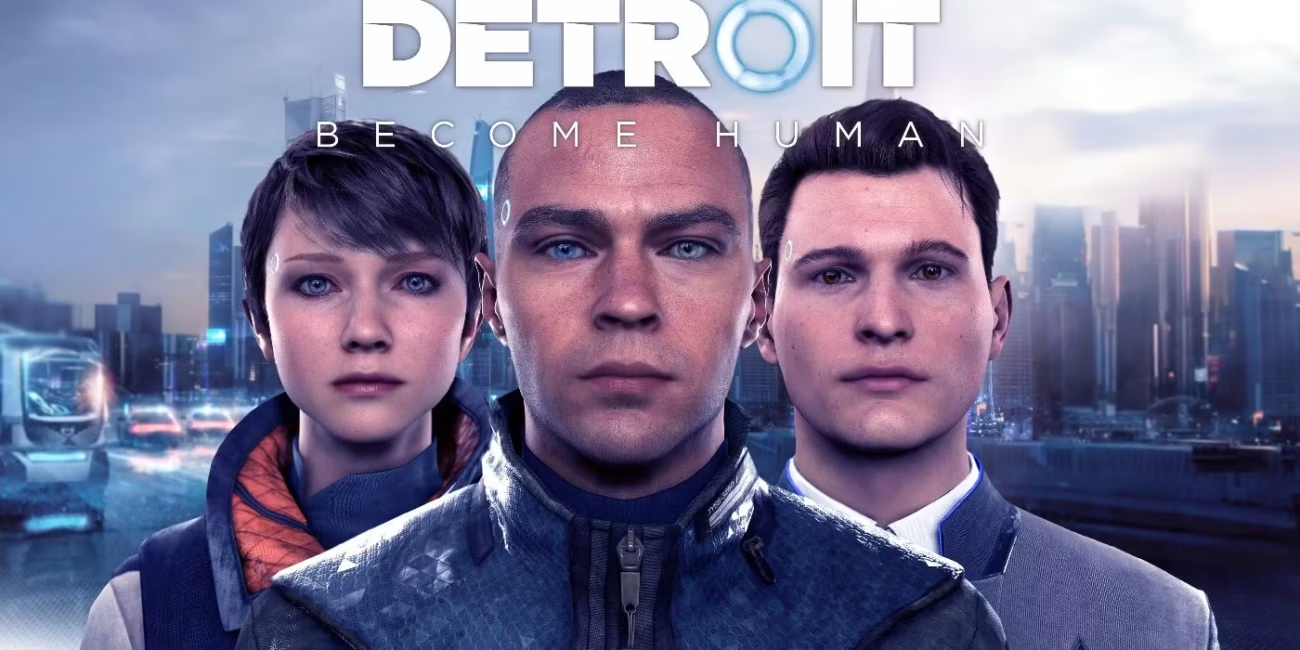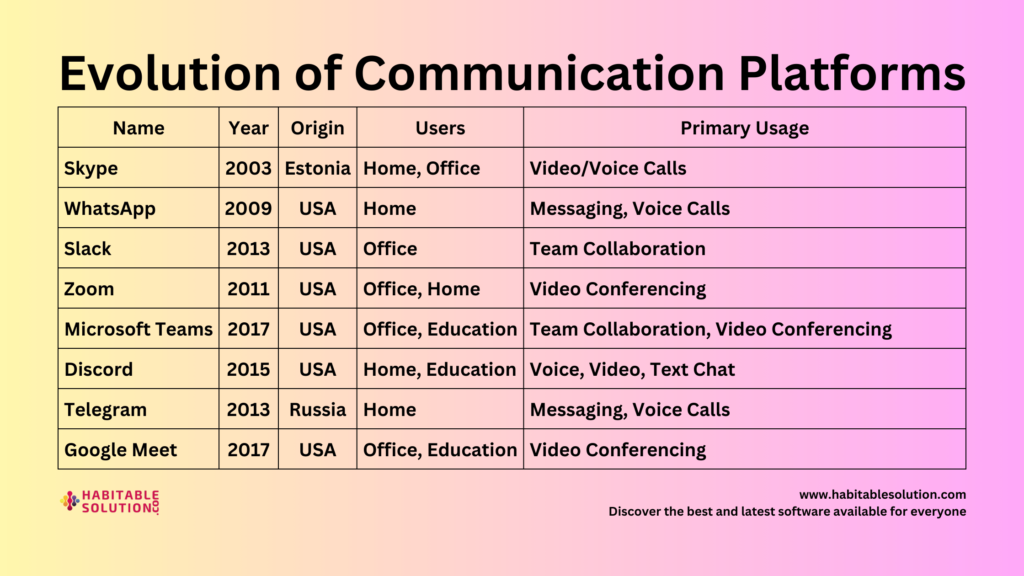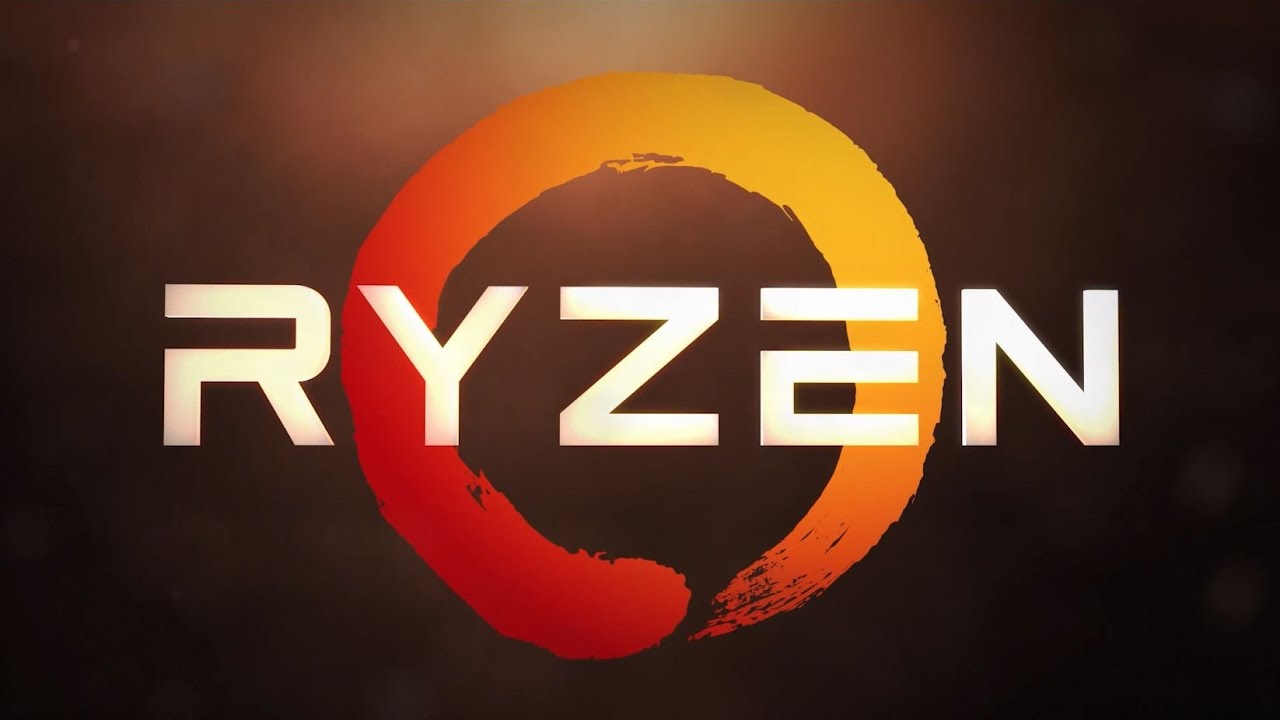The hum of neon flickers as rain‑slick asphalt reflects the glow of a sky that never fully sleeps. That’s the first image that returns when I booted up Detroit: Become Human on a PlayStation 5 in early 2025. Seven years have passed since Quantic Dream’s android opera debuted, and the gaming landscape has shifted around it—ray‑traced behemoths, open‑world Galapagos simulations, AI‑driven indies. Yet as the opening credits rolled, I wondered: would this cinematic relic still hold emotional voltage in an era obsessed with infinite sandboxes and 120 fps shooters?
To find out, I plunged back into Detroit’s branching boulevards, notebook in hand. What follows is less a bullet‑point review and more a road diary—an analysis stitched to the beats of my replay, cross‑referenced with the original developer commentary and the most recent 2023–2024 patches. Think of it as a guided evening drive through a future version of the Motor City, headlights illuminating both lingering potholes and unexpected new facets.
“Your choices matter.”—Opening Impressions
The game wastes no time reclaiming its thesis. The hostage negotiation tutorial—Connor’s debut—still rings with tension. On PS5 I flicked the adaptive trigger, feeling a subtle resistance whenever Connor scanned clues. The transcript of the 2018 developer walkthrough reminded me that Quantic Dream originally pitched this scene as “the morality litmus test the player doesn’t know they’re taking.” In 2025, the mechanic feels practically prophetic: social‑media discourse trains us daily to make snap ethical judgments, often under public scrutiny. Connor’s calm forensic rhythm is more relatable than ever.
From here the narrative fans out in three braided threads—Kara’s household escape, Markus’s slow awakening, Connor’s law‑and‑order tightrope. The flowchart feature, revealed only after a chapter ends, remains gaming’s most honest mirror. It shows you exactly how many roads you didn’t travel. My second playthrough uncovered fourteen scene variations I’d never glimpsed in 2018, including an unnervingly quiet dinner where Todd, Kara’s abusive owner, never explodes because I cleaned the house so quickly the story’s timer never triggered his rage. The absence of violence made the eventual escape feel less like vindication and more like preventative flight—a nuance I completely missed years ago.
Relevance Amplified by the Present
Back then, Markus’s speeches about android oppression felt adjacent to contemporary politics; now they land squarely in our laps. One 2024 labor‑rights headline scrolled across my phone during a loading screen: “Warehouse Union Says AI ‘Dehumanizes the Human.’” Minutes later, Markus stood atop a burned‑out bus preaching dignity for synthetic life. The echo chamber between fiction and news tightened my chest. Even Kara’s subplot, which some critics dismissed as melodrama, now parallels real‑world pilot programs for robotic elder‑care and childcare—initiatives stirring their own ethical hornets’ nests.
My first 2025 run veered toward Markus’s peaceful protest finale—a path so statistically rare that only five percent of trophy data registers it. Achieving it demanded a flawless series of Quick‑Time Events, plus enough compassionate micro choices to keep public opinion above fifty percent. If that sounds like spreadsheet min‑maxing, trust me: in the moment it felt like a live political rally where one wrong word could ignite gunfire. The fact that I sweated over triangle prompts in a seven‑year‑old game more than I did over many 2024 releases says something about Quantic Dream’s staging.
Visual & Technical Fidelity—Rain Never Looked So Sharp
On PS5 the presentation is finally frictionless. Gone are the 30 fps hitches; the RE Engine–style 60 fps upgrade patch (2023) breathes life into rain particles and reflective puddles. Loading screens—formerly 20‑second pacing speed bumps—now flash by before I can sip coffee. On PC, community ReShade presets add film‑grain restraint, and my mid‑tier RTX 3060 chews through Ultra settings at 1440p while whisper‑quiet.
But performance alone doesn’t age‑proof a title; art direction does. Detroit’s color palette—cool cyan interiors framed by warm tungsten lamplight—remains painterly. Robots still bleed biosynthetic fluid that looks halfway between milk and coolant, a choice that sidesteps gore fatigue while underlining their almost‑human status. And Bryan Dechart’s mocap performance as Connor? It still sells every micro hesitation and every flicker of synthetic calculation.
Where the Seams Show
Age has exposed two cracks. First, the binary moral framing sometimes paints dilemmas in neon red and saintly blue. In 2018 I forgave it as an understandable concession to clarity; in 2025, after Disco Elysium and Citizen Sleeper, I crave messier shades of gray. Second, long QTE chase sequences remain prone to comedic failure cuts. Miss a single button, and the scene’s dramatic percussion skids to black. It’s not a deal‑breaker, but it is jarring.
That said, Quantic Dream’s 2023 accessibility overhaul tempers the sting. Timing windows can stretch; button prompts can remap; and color‑blind filters mean those neon QTE icons no longer camouflage against futuristic billboards.
The Cost of Entry in 2025: Pennies per Branch
Pricing might be the most persuasive argument. On Steam winter sale the deluxe bundle—including soundtrack and digital art book—rests at $9.99. PlayStation Plus Extra subscribers effectively get it “free” alongside cloud streaming saves. For the price of a coffee‑chain breakfast, you receive two thousand pages of branching script, four distinct endings, and dozens of mid‑path permutations. Framed against the modern $70 sticker on most AAA blockbusters, Detroit’s cost‑to‑content ratio resembles a clearance on fine wine.
Specs & Pricing Snapshot (2025 Edition)
| Item | Details | Narrative Take | |
| Developer / Engine | Quantic Dream • Proprietary narrative engine | Motion‑capture first, code second—an approach that still pays off in micro‑expressions. | |
| Original Release | May 25 2018 (PS4) • PC port December 2019 | Seven years old yet thematically fresher than many 2024 launches. | |
| Platforms (2025) | PS5 / PS4 • PC (Steam, Epic) • Xbox Series X | S via cloud | Wide net means no one is locked out. |
| File Size | ~43 GB on PS5 after texture‑compression patch | Manageable even on the tiniest SSD. | |
| PS5 Performance | 2160p native • locked 60 fps • <5 s load | Rain particles finally dance instead of stutter. | |
| PC Recommended | CPU i5‑9600K • GPU RTX 2060 • 16 GB RAM | Mid‑tier rigs now max ULTRA at 90 fps/1440p. | |
| Steam Deck | 50–60 fps on medium • FSR set to Quality | Handheld cinematic drama on the couch. | |
| Current MSRP | Standard $19.99 • Deluxe $29.99 | Rarely stays full price—watch for $9.99 sale. | |
| Subscription Perks | Included in PS Plus Extra library • Nvidia GeForce NOW streaming | Perfect for try‑before‑you‑buy completionists. |
Verdict—Attend the Revolution One More Time
So, is Detroit: Become Human worth your evenings in 2025? If you hunger for narrative agency, few games—old or new—match the tension of watching a flowchart bloom because you noticed (or missed) a single magazine on a coffee table. The technical facelift is complete; the price is trivial; and the themes have only intensified. I can’t guarantee you’ll forgive every melodramatic flourish, but I can guarantee you’ll finish thinking about AI ethics, civil disobedience, and the frailty of choice.
Final Recommendation: Play it, stream it, debate it. Then replay and answer those questions differently—because the city of Detroit remembers every choice you make, even seven years later.
Quick Reference FAQ
- Playtime per run: 10–12 hours; 25 hours for multi‑ending hunts.
- Best hardware combo: PS5 + OLED panel for HDR rain sequences.
- Steam Deck viability: Medium settings hit 50–60 fps via Proton 9.0.
- Most surprising 2025 patch: Full dyslexia font suite and expanded QTE window slider.
People also searched for:
- What is the main story of Detroit become human?
- Why is Detroit become human famous?
- Detroit become human Cast?
- Detroit become human pc requirements
Written by Tahsin Tariq | Habitablesolutions.com





